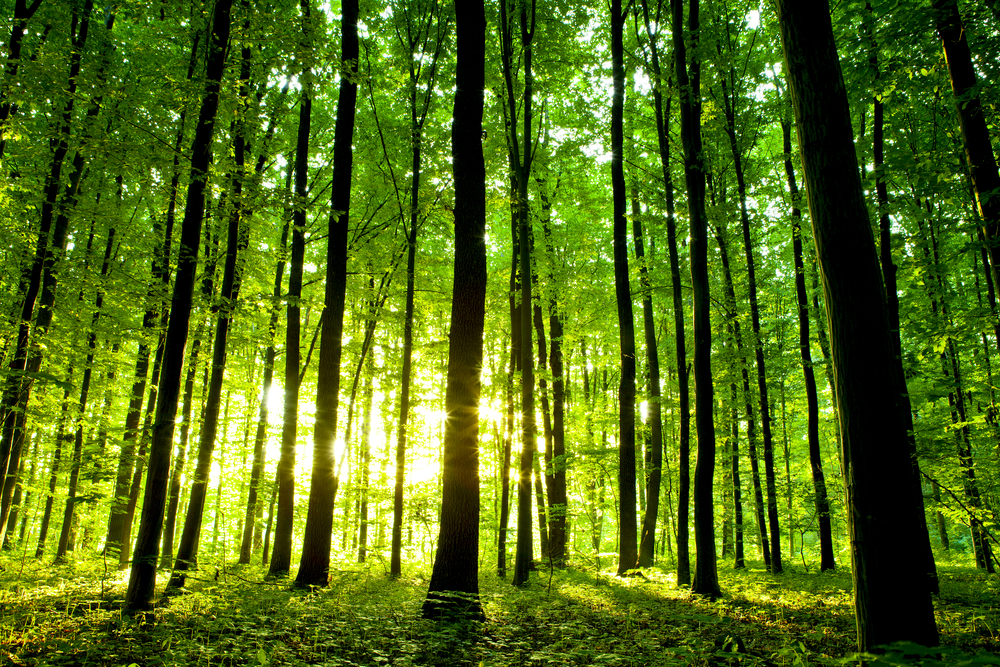
Treemetrics provides a 3D laser scanning system to accurately measure the height, straightness, taper, and volume of the trees in a section of forest. The European Space agency will combine the latest satellite data with Treemetrics’ ground-based forest information.
[aditude-amp id="flyingcarpet" targeting='{"env":"staging","page_type":"article","post_id":608140,"post_type":"story","post_chan":"none","tags":null,"ai":false,"category":"none","all_categories":"enterprise,entrepreneur,","session":"D"}']2D satellite images provide a bird’s eye view of huge areas of forest. Treemetrics uses this data to spot missing trees, which may indicate disease or illegal logging, and to determine where ground scanners should be most urgently deployed. Making the whole process cheaper and more efficient means that owners of smaller forests can starting using the technology.
There are sound reasons for better tree tracking. “Timber demand is set to double over the next 30 years. People need wood for shelter and heat,” said Treemetrics CEO Enda Keane. “Forests are also a vital ecosystem in which 90 percent of the world’s mammals live.”
AI Weekly
The must-read newsletter for AI and Big Data industry written by Khari Johnson, Kyle Wiggers, and Seth Colaner.
Included with VentureBeat Insider and VentureBeat VIP memberships.
Currently, forest measurement is done manually by a forester who uses calipers to measure the radius of a sample of trees. But with Treemetrics’ technology, a 3D laser scanner emits laser pulses that bounce back from objects in the area, gathering millions of data points over a 30 meter radius of forest. Those data points are then used to construct a 3D model of the trees. Better measurement means that fewer trees can be cut while maximizing value.
Treemetrics claims that its system can reduce measurement costs by 75 percent.
If there is one thing foresters hate doing, it’s cutting trees. Keane should know, since he worked as a forester himself for 10 years. He says that 20 percent of the value of forests worldwide (or approximately 10 billion Euros) is lost annually due to inaccurate knowledge of the quantity or quality of the timber available before trees are harvested.
Keane first encountered 3D graphics via satellite images, which foresters use to get different views of the forest. Having started the company in 2005 with Garret Mullooly, he collaborated with research teams at several European universities with expertise on image processing, forest recovery, and optimization to develop the software for the Treemetrics scanner.
The system is now used in forests in Ireland, Norway, Australia, the United Kingdom, and the US. Treemetrics’ business model is software as a service, where users are charged per hectare of forest. Keane says the company has no direct competitors.
Treemetrics is based in Cork, Ireland, has 15 employees and has received 1.4 million EUR ($1.87 million) in private and government funding.
[aditude-amp id="medium1" targeting='{"env":"staging","page_type":"article","post_id":608140,"post_type":"story","post_chan":"none","tags":null,"ai":false,"category":"none","all_categories":"enterprise,entrepreneur,","session":"D"}']
VentureBeat's mission is to be a digital town square for technical decision-makers to gain knowledge about transformative enterprise technology and transact. Learn More
